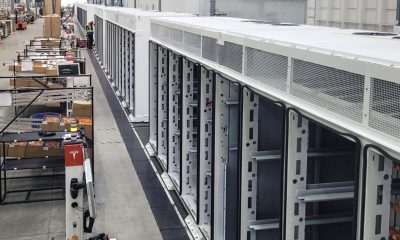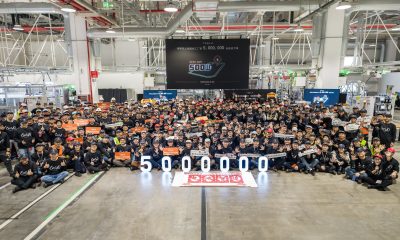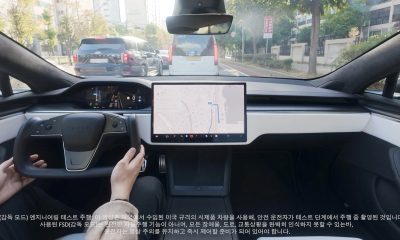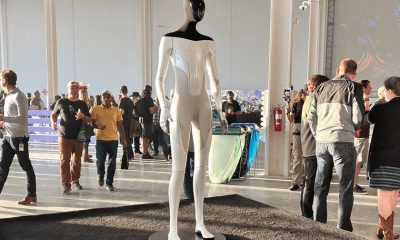

News
EVs like Teslas will be cheaper to produce than their internal combustion rivals by 2027
Recent forecasts from BloombergNEF have indicated that electric cars and vans will likely be cheaper to produce than conventional, fossil-fueled powered alternatives by 2027, with smaller cars reaching the same threshold the following year.
If EVs were to reach these milestones, vehicles powered by sustainable energy would likely earn the pole position to dominate new car sales by the middle of the next decade. This should allow companies like Tesla, and perhaps even newcomers like Rivian and Lucid Motors, to hit their pace in their efforts to break into the mainstream auto market.
Reaching price parity with cars equipped with an internal combustion engine has long been perceived as a critical milestone that would allow the transportation sector to transition from the burning of fossil fuels to be the use of more sustainable energy. This is one of the reasons why Tesla and other carmakers are investing heavily in the development of battery technology, considering that batteries remain one of the most expensive parts of an electric car.
Fortunately, the cost of producing EV batteries has fallen significantly over the years. Coupled with new carmakers embracing an all-electric lineup, as well as legacy automakers such as Volkswagen creating dedicated production lines for EVs in their facilities, all-electric vehicles may very well see their average prices drop within the next six years, as per BloombergNEF.
So far, the current average price for medium-sized electric cars is €33,300 ($40,495.80), while fossil fuel-driven cars have an average price of €18,600 ($22,619.27). By 2026, both EVs and internal combustion cars are expected to cost around €19,000 ($23,105.71). By 2030, electric cars are forecast to cost €16,300 ($19,822.27), while their internal combustion counterparts are expected to cost €19,900 ($24,200.19).
Inasmuch as BloombergNEF’s forecasts are favorable for electric vehicles, they are actually quite conservative. Investment bank UBS has predicted that electric cars will cost the same to produce as their internal combustion counterparts as early as 2024 instead. “There are not many reasons left to buy an ICE car after 2025,” Tim Bush, a UBS analyst, said.
Don’t hesitate to contact us for news tips. Just send a message to tips@teslarati.com to give us a heads up.
Energy
Tesla starts hiring efforts for Texas Megafactory
Tesla’s Brookshire site is expected to produce 10,000 Megapacks annually, equal to 40 gigawatt hours of energy storage.

Tesla has officially begun hiring for its new $200 million Megafactory in Brookshire, Texas, a manufacturing hub expected to employ 1,500 people by 2028. The facility, which will build Tesla’s grid-scale Megapack batteries, is part of the company’s growing energy storage footprint.
Tesla’s hiring efforts for the Texas Megafactory are hinted at by the job openings currently active on the company’s Careers website.
Tesla’s Texas Megafactory
Tesla’s Brookshire site is expected to produce 10,000 Megapacks annually, equal to 40 gigawatt hours of energy storage, similar to the Lathrop Megafactory in California. Tesla’s Careers website currently lists over 30 job openings for the site, from engineers, welders, and project managers. Each of the openings is listed for Brookshire, Texas.
The company has leased two buildings in Empire West Business Park, with over $194 million in combined property and equipment investment. Tesla’s agreement with Waller County includes a 60% property tax abatement, contingent on meeting employment benchmarks: 375 jobs by 2026, 750 by 2027, and 1,500 by 2028, as noted in a report from the Houston Business Journal. Tesla is required to employ at least 1,500 workers in the facility through the rest of the 10-year abatement period.
Tesla’s clean energy boom
City officials have stated that Tesla’s arrival marks a turning point for the Texas city, as it highlights a shift from logistics to advanced clean energy manufacturing. Ramiro Bautista from Brookshire’s economic development office, highlighted this in a comment to the Journal.
“(Tesla) has great-paying jobs. Not just that, but the advanced manufacturing (and) clean energy is coming to the area,” he said. “So it’s not just your normal logistics manufacturing. This is advanced manufacturing coming to this area, and this brings a different type of job and investment into the local economy.”
News
Tesla Giga Shanghai just built its 5 millionth battery pack
The achievement highlights Giga Shanghai’s role as the automaker’s highest volume manufacturing complex.
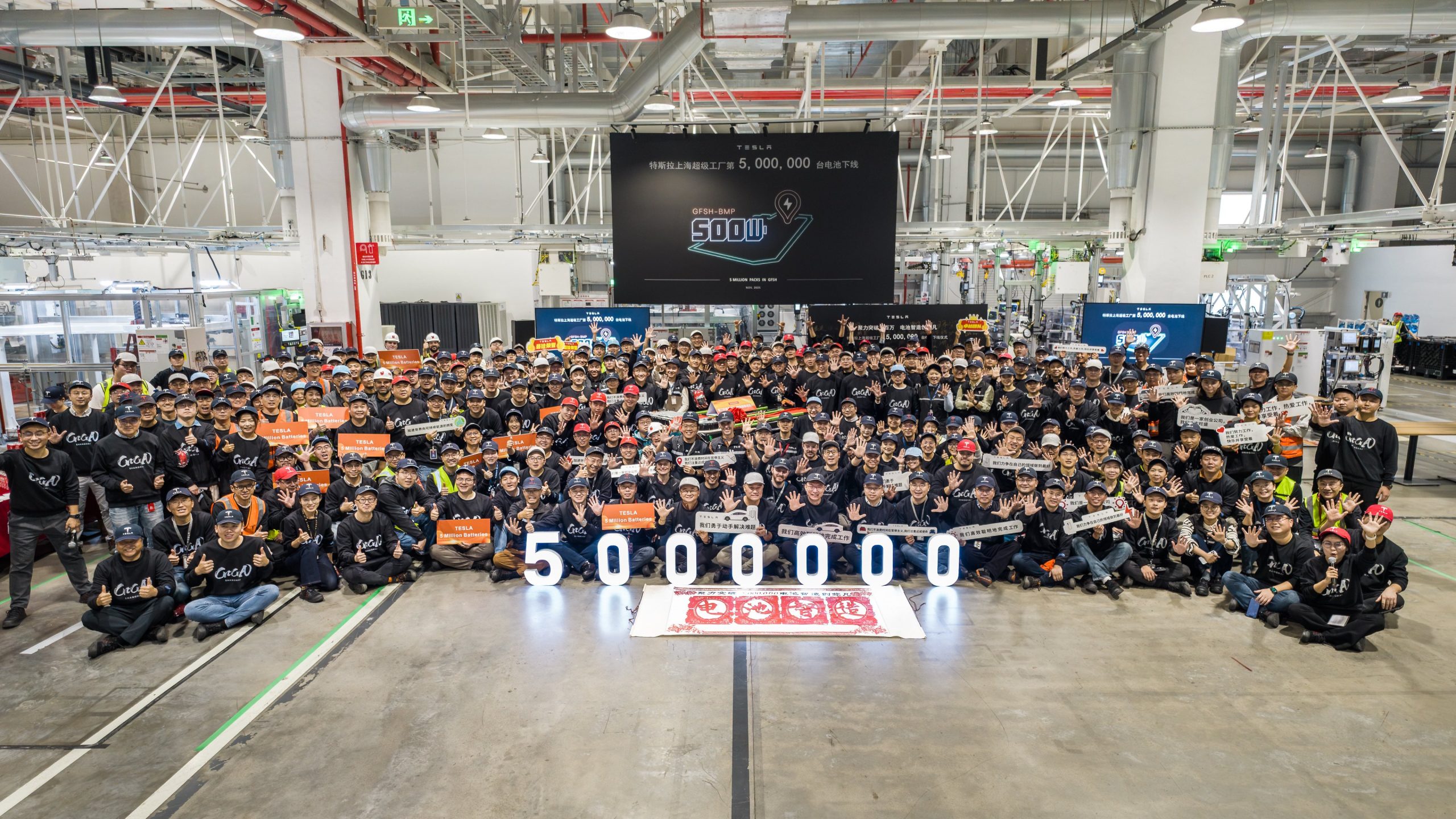
Tesla’s Shanghai Gigafactory has reached a major production milestone, with its five millionth battery pack rolling off the line this week.
The achievement highlights Giga Shanghai’s role as the automaker’s highest volume manufacturing complex and primary vehicle export hub.
Giga Shanghai’s new milestone
Tesla announced the milestone on X and Weibo, sharing images from the facility where the five millionth pack was completed. Images showed the Giga Shanghai team posing for a commemorative photo with the facility’s five millionth battery pack. Several of the company’s executives congratulated the Tesla China team for its recent milestone, including SVP Tom Zhu, who wrote “Power up, team!” in a post on X.
While Tesla designs and assembles its battery packs in China, the cells themselves are supplied by local partner CATL and South Korea’s LG Energy Solution, as noted in a CNEV Post report. Tesla China has stated that its pack safety standards exceed industry norms several times over, with longevity engineered to outlast vehicle lifespans.
Giga Shanghai’s growing role
Construction of Giga Shanghai began in early 2019, becoming China’s first wholly foreign-owned auto manufacturing facility. Giga Shanghai’s first phase was completed within the year, producing Model 3 sedans by the end of 2019. It now produces both Model 3 sedans and Model Y SUVs for domestic and export markets, with an annual capacity approaching one million vehicles.
Despite the record-setting battery milestone, Tesla China’s recent domestic results left a lot to be desired. As per the China Passenger Car Association, Tesla’s retail sales in October dropped 36% year over year to 26,006 units, the lowest since late 2022. Analysts attributed the decline to Giga Shanghai’s focus on exports last month, as well as the ramp of compelling rivals like the Xiaomi YU7.
News
Tesla confirms upcoming launch of FSD Supervised in South Korea
The announcement came through a post from Tesla Korea’s official account on X.
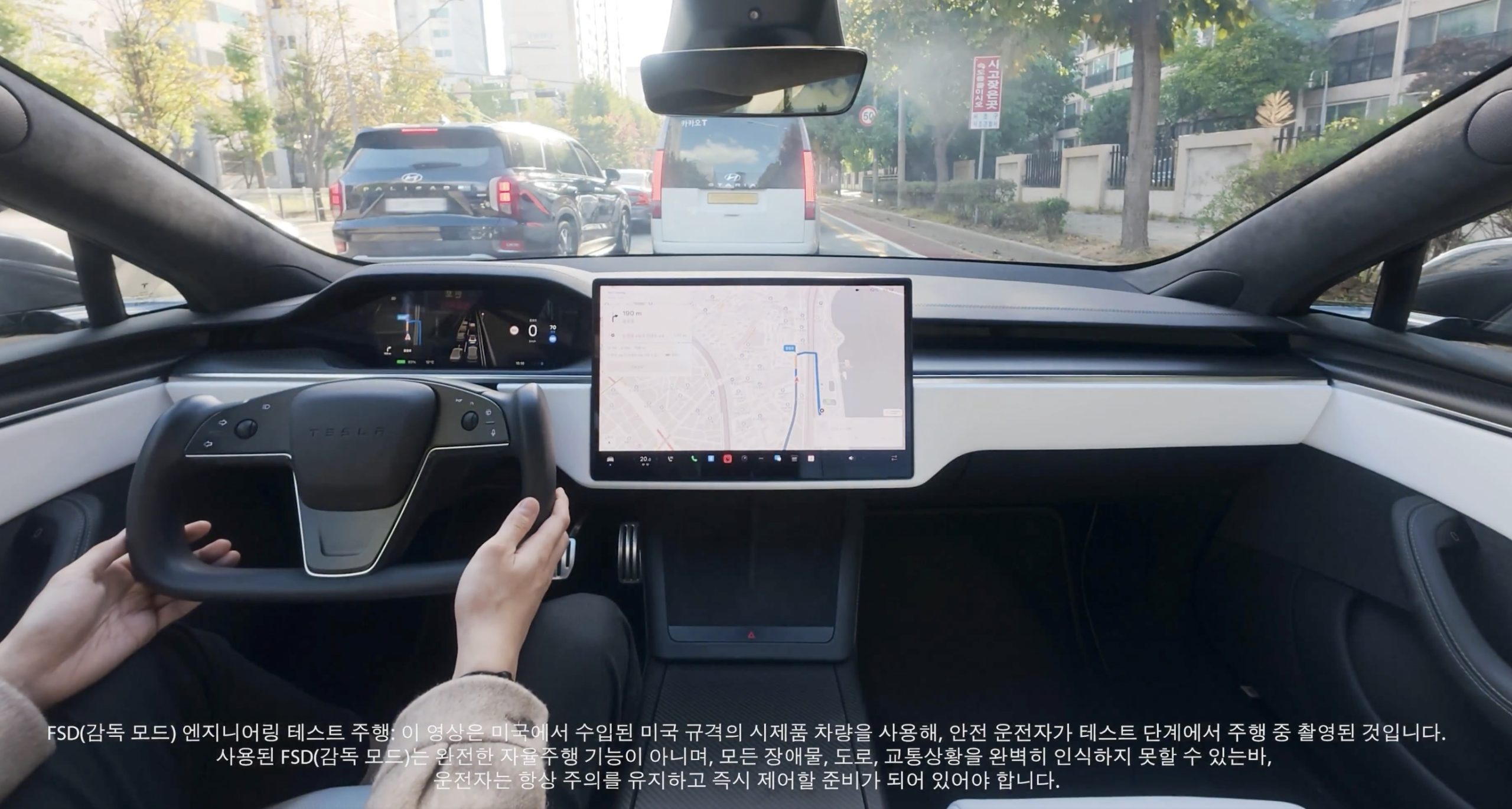
Tesla has confirmed that it will be releasing its Full Self-Driving (FSD) Supervised system in South Korea. The announcement came through a post from Tesla Korea’s official account on X, which featured a video showing the system navigating local roads in a Tesla Model S sedan.
FSD Supervised in South Korea
The teaser video posted by Tesla Korea showed a vehicle performing lane changes, navigating intersections, and even parking without driver input, all while the driver kept their hands off the steering wheel. The footage was filmed on domestic roads, suggesting that Tesla Korea has been initiating FSD test drives in the country for some time.
Tesla’s FSD software currently exists in two versions: supervised and unsupervised. The supervised version still requires driver attention, while the unsupervised variant, which is being used in the company’s Robotaxi service, allows full autonomy. Tesla has confirmed plans to expand supervised FSD to Europe, and China, as well as markets like Japan, sometime next year.
South Korea’s FSD likely for U.S.-made cars to start
In South Korea, Tesla’s popularity has surged despite FSD not yet being available in the country. This is largely due to the new Model Y, which was launched in April. Thanks to the vehicle’s reasonable price and features, the new Model Y has driven domestic sales up 92.8% year-over-year, securing Tesla’s place among the country’s top imported carmakers.
With FSD, Teslas become significantly more compelling vehicles. Analysts warn, however, that legal and regulatory hurdles could complicate FSD’s local introduction. Over 80% of Teslas sold in South Korea are manufactured in China, and those vehicles must comply with domestic safety standards, as noted in a Chosun report.
Industry experts suggest the first wave of FSD-enabled vehicles will likely be U.S.-made, as models built under the Korea-U.S. Free Trade Agreement automatically meet South Korean safety requirements.
“Since the supervised FSD is a technology that assists driving, its introduction in South Korea is technically feasible. However, potential conflicts with domestic road laws and safety standards are a concern,” one industry insider told local media. “US-made vehicles are not subject to South Korean safety standards due to the Korea-US FTA, making FSD implementation relatively easier, whereas the situation differs for Chinese-made vehicles.
-

 News5 days ago
News5 days agoTesla shares rare peek at Semi factory’s interior
-

 Elon Musk5 days ago
Elon Musk5 days agoTesla says texting and driving capability is coming ‘in a month or two’
-

 News4 days ago
News4 days agoTesla makes online ordering even easier
-

 News4 days ago
News4 days agoTesla Model Y Performance set for new market entrance in Q1
-

 News5 days ago
News5 days agoTesla Cybercab production starts Q2 2026, Elon Musk confirms
-

 News5 days ago
News5 days agoTesla China expecting full FSD approval in Q1 2026: Elon Musk
-

 News6 days ago
News6 days agoTesla Model Y Performance is rapidly moving toward customer deliveries
-
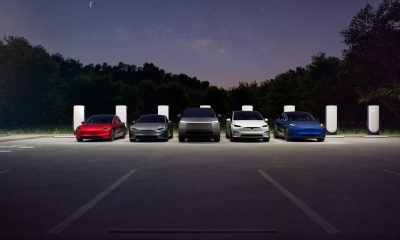
 News3 days ago
News3 days agoTesla is launching a crazy new Rental program with cheap daily rates


